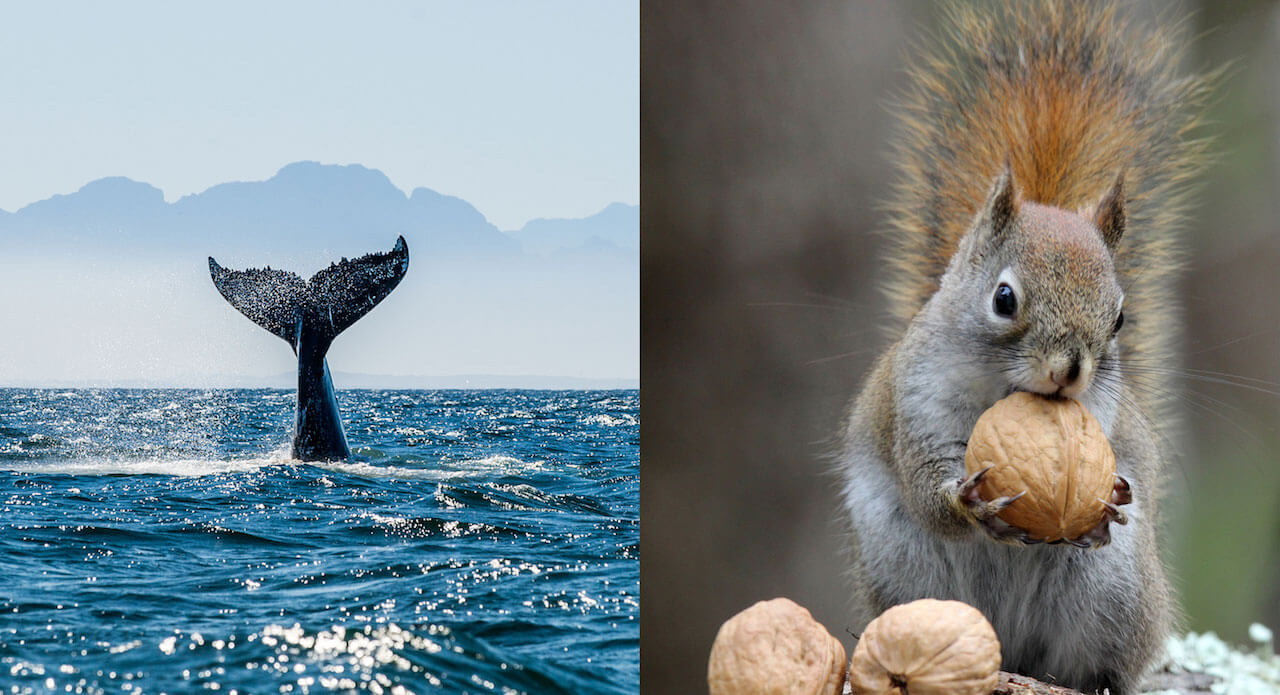Decoding Longevity: 3 Genes Linked to Anti-Aging

The bowhead whale, the mammal with the longest known lifespan, can survive to 200, while the average rat lives only two to three years, and squirrels can often live over a decade. What explains a species’ longevity?
There’s still much to learn when it comes to decoding the link between genetics and longevity, but, increasingly, studies into a range of genes are revealing tantalizing clues about the role that the genome plays in determining an animal’s lifespan. Here’s a look at three genes researchers have identified as promising candidates in the science of longevity.
CISD2: The Anti-Aging Gene?
Using gene knockouts — a research method that allows scientists to inactivate specific genes — a group of researchers genetically engineered mice to be deficient in CISD2. Previous research has already shown that the CISD2 gene exists on a region of the human chromosome that correlates to genetic differences in lifespan. Scientists speculate that CISD2 plays a role in keeping mitochondria working properly, which is important for maintaining cell growth and division.
Though the expression of CISD2 decreases on its own as mice age, researchers in this study discovered that both male and female mice without CISD2 all showed signs of premature aging, such as cell death and neuron and muscle cell degeneration. More recent research confirms that mice without the CISD2 gene have shorter lifespans, and suggests that CISD2 may affect genetic pathways linked to lifespan and other physiological signs of aging. Maintaining CISD2 expression could possibly lengthen the human lifespan or slow signs of aging.
Sirtuin Genes: The Life-Extenders?
Meet a family that’s been around the block a time or two: the Sirtuin genes. The Sirtuin genes are a family of seven genes that encode for proteins that have been found across the evolution of many lifeforms. The expression of these genes has been shown to affect age-related health issues like cancer and deregulated metabolism. SIRT6, for example, has been studied for its potential impact on extending animal lifespans. And SIRT1 is the mammal’s equivalent to a gene found in yeast that has been linked to longer lifespans. Scientists are still searching for evidence that SIRT1 affects mammals’ lifespans in the same way.
SIRT6 has shown more promise than SIRT1 in extending longevity. Mice that lack SIRT6 age at a faster pace, with signs of degeneration that suggest SIRT6 may be crucial to healthy DNA repair. A greater expression of SIRT6 increases the lifespan of male mice, but has no such effect in female mice. Scientists are still investigating the strength of the apparent link between SIRT6 and aging and why SIRT6 expression seems to affect male and female mice differently. Once better understood, the Sirtuin family may prove useful in identifying novel drug targets that can point to preventative treatments for age-related illnesses.
Klotho Gene: The Cancer-Fighter?
Did you know the Ancient Greeks believed that a mortal’s lifespan was determined by three goddesses who spun, measured and cut the “thread” of life? The goddess who spun, or created, the life thread was named Klotho. The Klotho gene owes its name to this goddess because of its scientific association with anti-aging properties.
By the age of 40, the human body’s Klotho levels naturally decrease. Klotho also regulates a protein called Wnt5a that’s been shown to advance the spread of cancerous cells and treatment resistance. Older melanoma patients may already be more likely to develop resistance to targeted therapies, and this gene may be at the root of the issue.
Recently, scientists discovered that a drug that fights diabetes also sends directions to the body to increase Klotho expression — an instruction that simultaneously decreases the levels of a protein in the body known as Wnt5a, which has been linked to a resistance to cancer therapy. When combined with targeted therapies, the drug shows promise in reducing tumor growth. This discovery offers scientists another approach to combatting drug resistance — something that researchers are tackling on multiple fronts, whether it’s using “stealthy” medicines or epigenetics. It may also apply to the treatment of other types of cancers where Klotho has been shown to play a role.
Scientists are still trying to map the complex connections between genes like CISD2, Sirtuin and Klotho and longevity. Though there’s still much to decode, recent research is helping scientists better understand the role that the genome plays in determining an animal’s lifespan.
